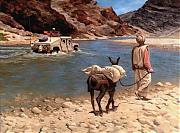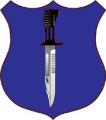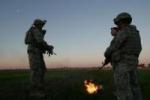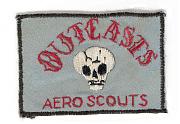Dave, then start with Gavin without Sparks. Gavin called them Brush fire wars...and he also said that the USMC would be in an excellant position to fight them because of their forward deployment as a Sea based force. I met Gavin 3 times before his death(at his second home in Winter Park,Fl.) and he always spoke highly of the USMC in person and in his writings. I guess my point is don't throw the baby out with the bathwater.












 ) for a good many of the years between the two you cite, I'm pleasantly surprised at todays approach; different as day and night, as they say. No one is looking at Division drops, and only rarely at Brigade sized ops. Nor does anyone want to do a drop on a potentially hot DZ -- or indeed do a drop at all if it can be avoided. Still, particularly in HIC there is a worthwhile capability.
) for a good many of the years between the two you cite, I'm pleasantly surprised at todays approach; different as day and night, as they say. No one is looking at Division drops, and only rarely at Brigade sized ops. Nor does anyone want to do a drop on a potentially hot DZ -- or indeed do a drop at all if it can be avoided. Still, particularly in HIC there is a worthwhile capability.

Bookmarks